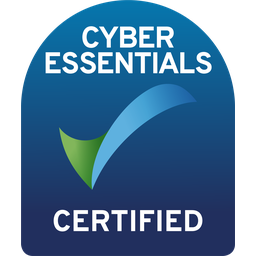Year 11 to Post 16 (KS4 – KS5) Transition Portal
Following the success of our Primary to Secondary Transition Portal, School Transition were approached to develop a Year 11 to Post 16 Portal. Our consultation with education professionals told us that as with primary to secondary transition, there was no standardised approach to sending transition data from secondary schools to post-16 institutions. Prior to the implementation of the Transition Portal, post-16 institutions would often need to wait weeks to find out more information about their newly enrolled students. Using the Secondary to Post-16 Transition Portal means that information is transferred securely, without delay, upon confirmation of enrolment to enhance transition for all students and ensure accurate tracking of those who may be Not in Education, Employment, or Training (NEET).
How does the KS4 to KS5 Transition Portal work?
 For this portal, secondary schools take the lead and create their student records, with key information to be shared. including visual flags for concern. The data captured by the Transition Portal is comprehensive and allows for collaboration between secondary staff to ensure a holistic view of each young person. The portal allows secondary schools to securely share student files and key competencies in English and Maths. Upon enrolment, post-16 institutions can request student information from the Transition Portal. The user-friendly dashboard clearly flags which students may need additional support, whilst providing the ability to create reports on student data to enhance the support offered during transition.
For this portal, secondary schools take the lead and create their student records, with key information to be shared. including visual flags for concern. The data captured by the Transition Portal is comprehensive and allows for collaboration between secondary staff to ensure a holistic view of each young person. The portal allows secondary schools to securely share student files and key competencies in English and Maths. Upon enrolment, post-16 institutions can request student information from the Transition Portal. The user-friendly dashboard clearly flags which students may need additional support, whilst providing the ability to create reports on student data to enhance the support offered during transition.
Our GDPR compliant portals place an emphasis on data security, with the Secondary to Post-16 Transition Portal providing a secure means to transfer pupil data between schools and post-16 destinations. School Transition provide a full support package, from project management, stakeholder engagement and user training, through to encouraging form completions for every student. School Transition focus not on students as data, but instead on giving a full picture of the learner and opening up conversations between institutions.
The portal also provides reporting on which students have not enrolled in further education, allowing for tracking which young adults are NEET, prompting earlier interventions by support organisations.
